This ring was given to my mom around 1947 in Switzerland and passed down to me and I have no idea of the value - looking for thoughts on how to value and potentially sell or hold if this forum can provide advice. It is a stunning ring and stays in a lock box at the bank as I am quite rough with my hands (and this would compete with my beloved wedding ring) - is keeping the Alexandrite in the dark harmful or beneficial to the stone? I am not a jeweler and hoping for honest responses from this forum. 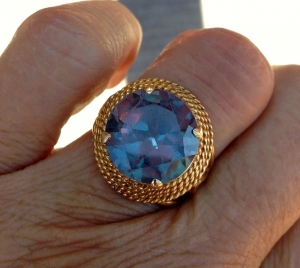
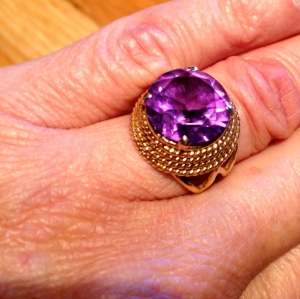



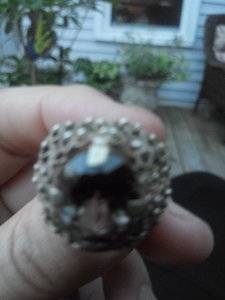
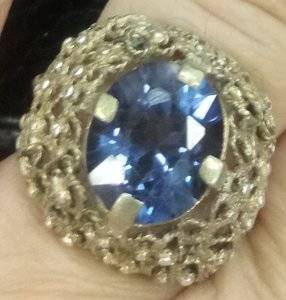
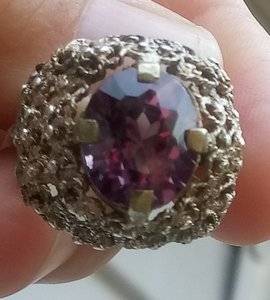
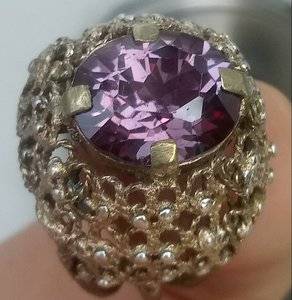

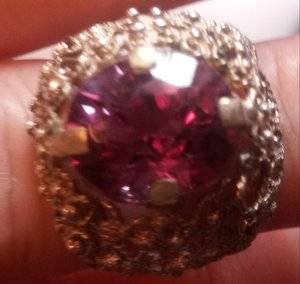


300x240.png)